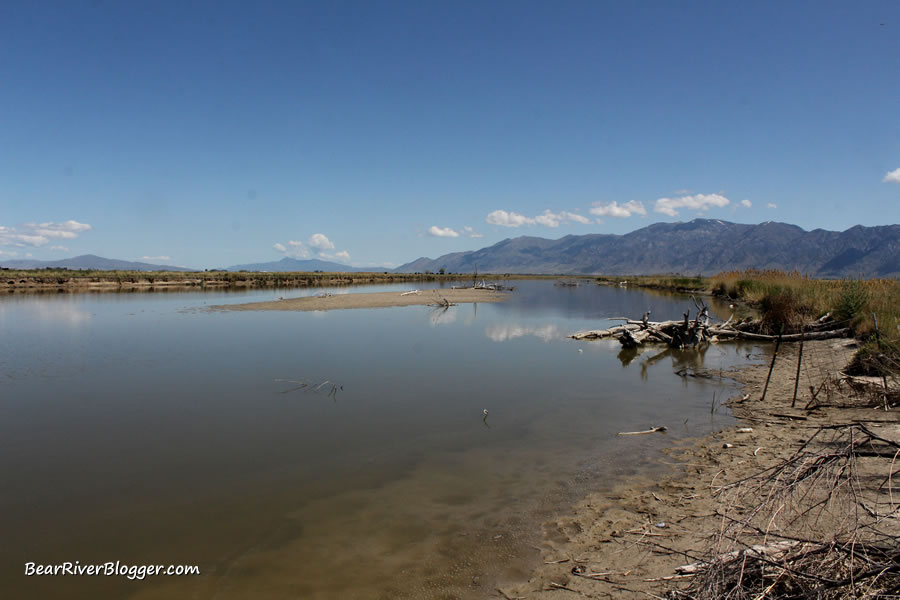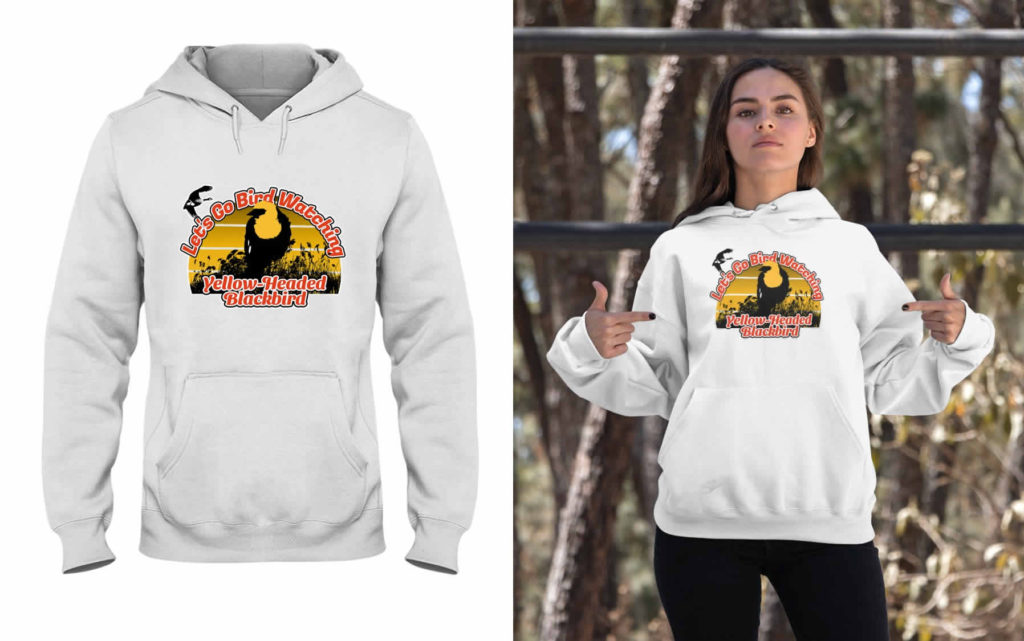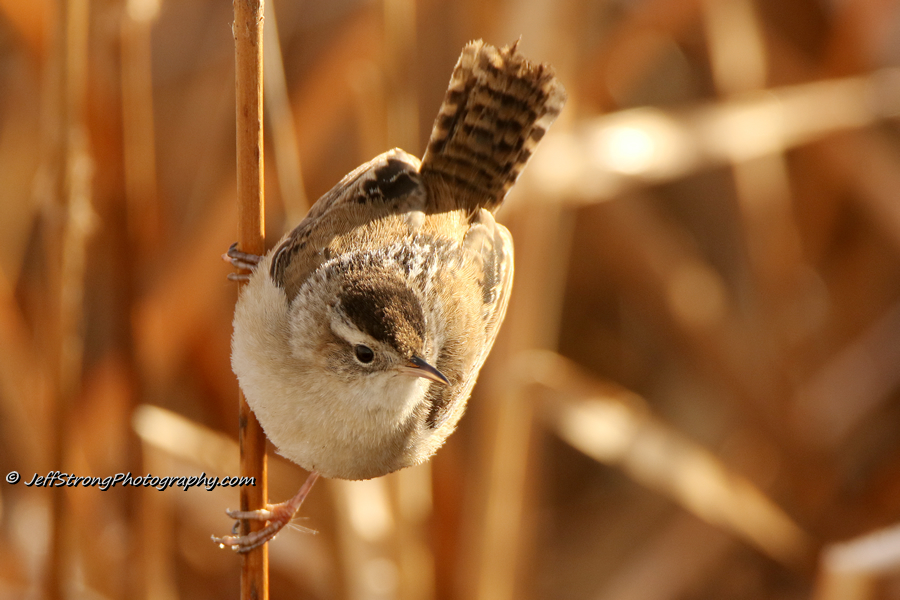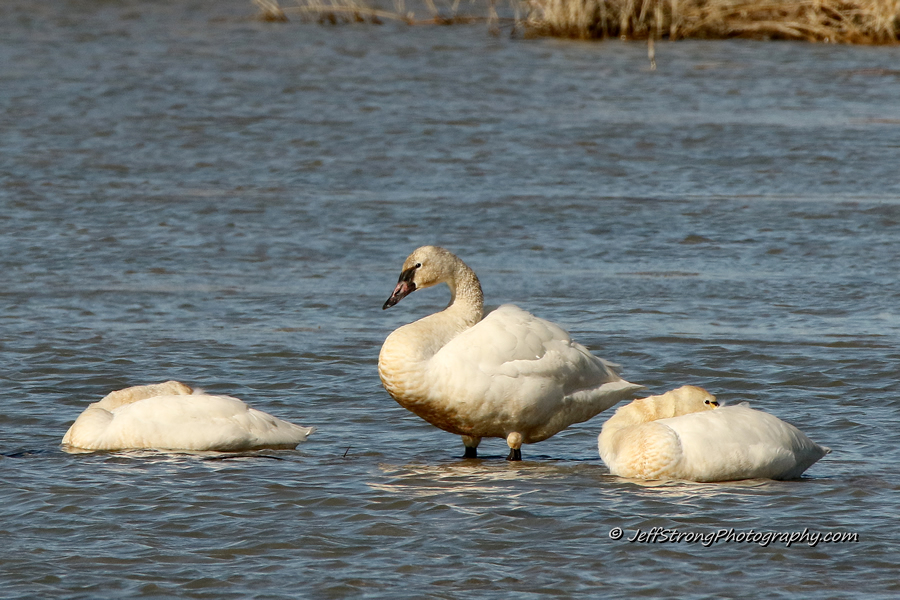I’ve been coming to the Bear River Migratory Bird Refuge for several decades now and I have never seen a year like this one in all my life.
Very similar to how the entire year has been on the refuge, yesterday had an almost completely empty auto tour route with regards to migrating birds.
Fall migration on the Bear River Migratory Bird Refuge is typically a time of year boasting of millions of migrating birds of a wide variety of species, but this year is anything but the usual spectacular show nature has always put on in years past.
The above picture from the refuge yesterday says it all, a quiet and solemn wetland that is usually hustling and bustling with bird activity this time of year, especially with the thousands upon thousands of migrating tundra swans that come through the Bear River Migratory Bird Refuge in November.
But this year, unfortunately, things aren’t as they usually are on the refuge.
In contrast, today I took a drive to Farmington Bay WMA, and right off the bat, I noticed a stark contrast to the refuge from yesterday.
Farmington Bay had thousands of ducks on their rest pond where the refuge had just a small handful here and there on theirs.

So what’s the difference?
Why are there thousands of ducks at Farmington Bay right now but almost none at the Bear River Migratory Bird Refuge?
And to add to the peculiarity even more, I usually see thousands of tundra swans on the Bear River Migratory Bird Refuge this time of year and so far I haven’t seen a single swan on the refuge this fall.
I have seen tundra swans out on the Great Salt Lake by the Antelope Island causeway the past few weeks, but not a single swan on the refuge so far for the fall migration.
I have my theory on why this is happening, but it is only a theory.
If you have visited the Bear River Migratory Bird Refuge this summer, you were greeted with a lot of dry, scorched earth where very productive wetlands usually would stand.
In fact, the vast majority of the bird refuge was dry this summer due to a couple of reasons, severe drought causing very low water levels in the Bear River and some refuge work where lands needed to be dried out on purpose.

As a result of this hot, dry summer baking the dry refuge for months and months, the wetland vegetation used for food by swans, ducks, and geese had no chance of growing due to lack of water.
This past summer, the only area visible from the auto tour route that had any water on it at all was the south portion of unit 2, the large open water area of the auto loop.
I was told by refuge staff this summer the southern part of the auto loop was given high priority for what little water the refuge would receive from an expected very low Bear River this summer.
And low it was, large sandbars were seen on the Bear River all up and down Forest Street this summer.

So with regards to the low bird populations currently on the refuge, it is my theory there just isn’t much food on the Bear River Migratory Bird Refuge this fall due to most of the refuge being dry this year and birds just aren’t staying like they usually do, causing them flying further down the Great Salt Lake to find food.
Without water during the summer, wetland plants can’t grow, leaving no food for migrating ducks, geese, and swans later in the year when they stop on the Bear River Migratory Bird Refuge on their way south for the winter.
It’s a sobering reality of current woes the Western United States is facing with the relentless drought.
I am wondering how this will affect the wintering bald eagles on the Bear River Migratory Bird Refuge this fall and winter.
If most of the waterfowl have left, a major food source for bald eagles on the refuge, it might stand to reason the bald eagles might not be as common this winter on the refuge as they usually are.
Only time will tell if this drought will have such a lingering effect on the bald eagles with fewer ducks around to hunt and feed upon this fall and winter.
Hopefully, we get a good winter up in the mountains and a healthy snowpack for the upcoming year to give the Bear River Migratory Bird Refuge some much-needed water for next summer.
But for now, it looks like fall migration on the Bear River Migratory Bird Refuge is pretty slow and many of the birds just aren’t sticking around like they usually do, leaving not much in the way of birds to enjoy along the auto tour route.
If you are a fan of the Bear River Migratory Bird Refuge, or just a birder who loves to watch our feathered friends, I offer you to head on over to our subscribe page and sign up for email notifications for future blog posts.
I thank you for your readership and support for our website and hope you would help keep this site growing by sharing any posts you find interesting or helpful on your favorite social media outlets.
Birding Apparel
“Let’s Go Bird Watching-Yellow Headed Blackbird” hooded sweatshirt is currently 25% off for a limited time.







